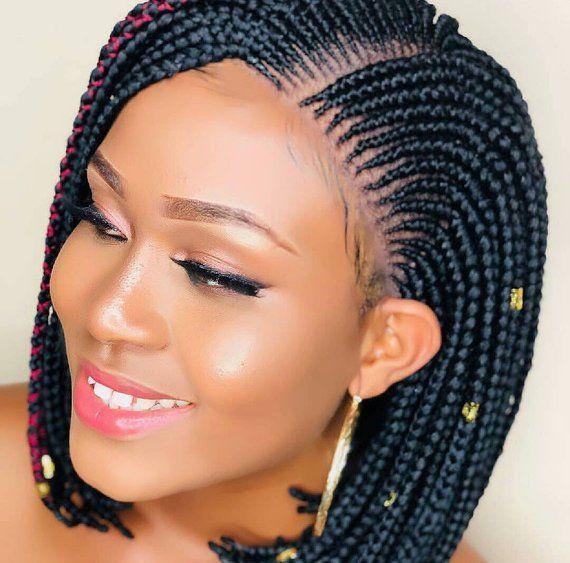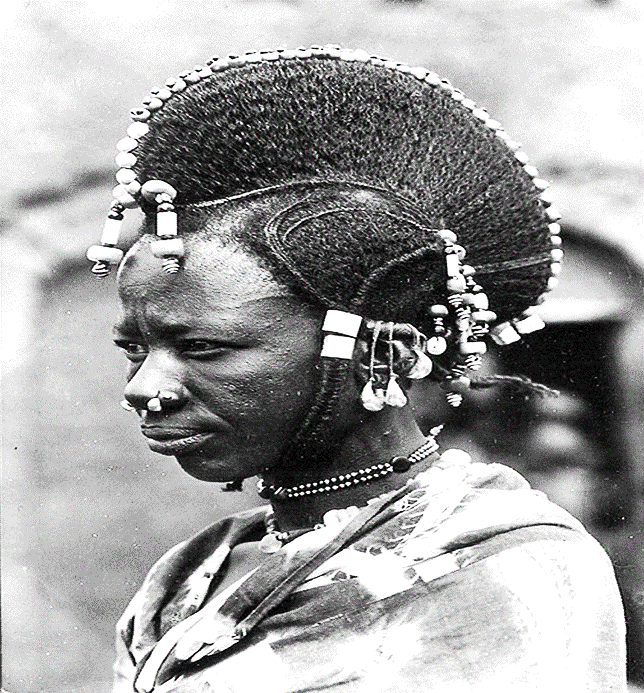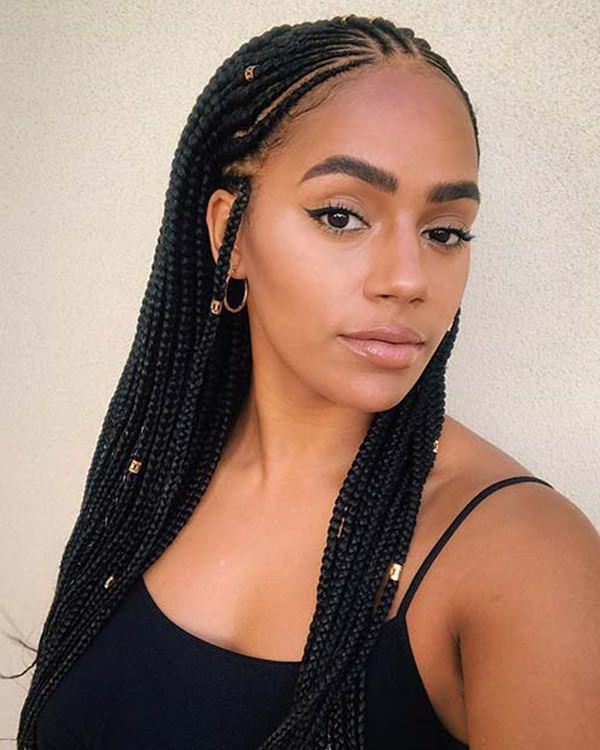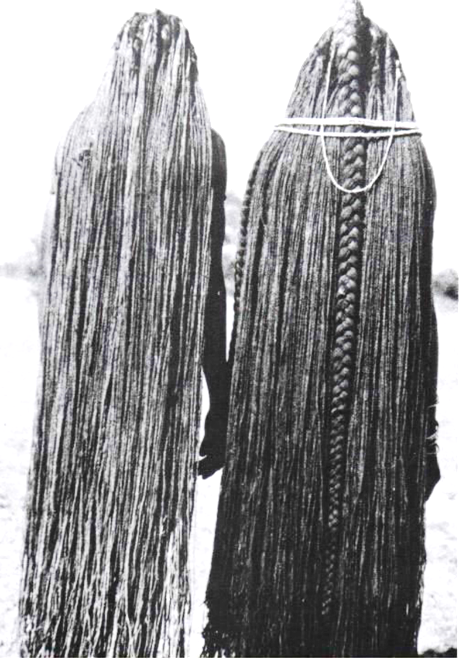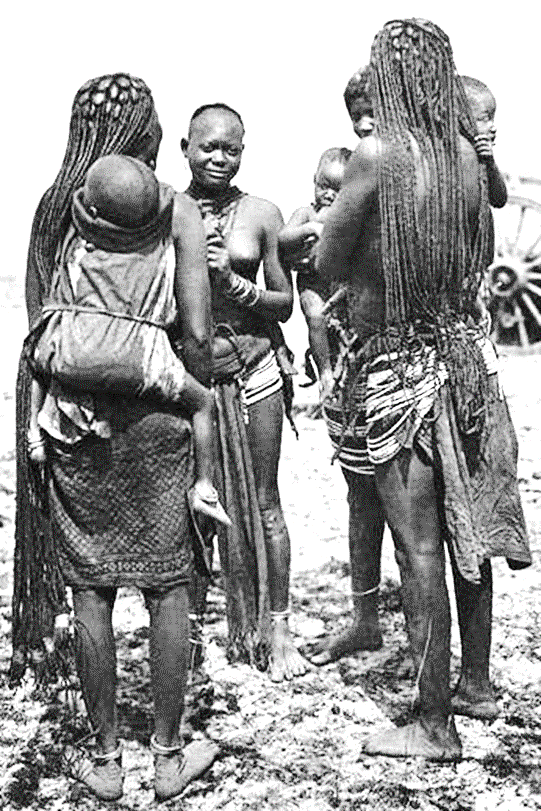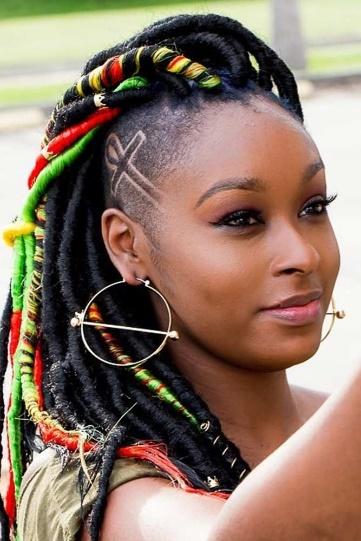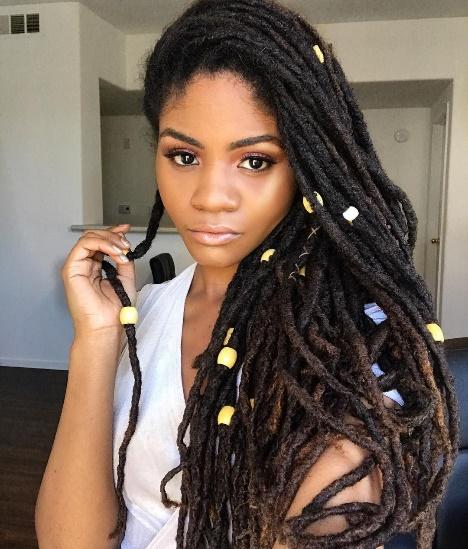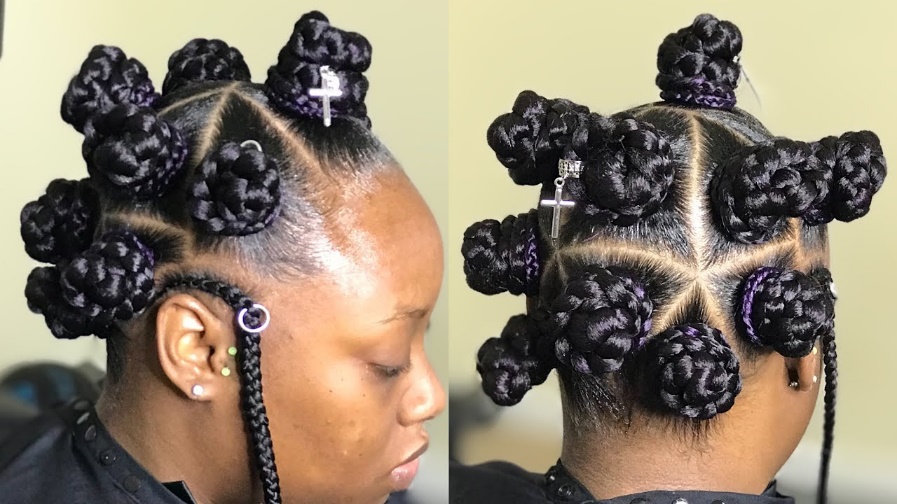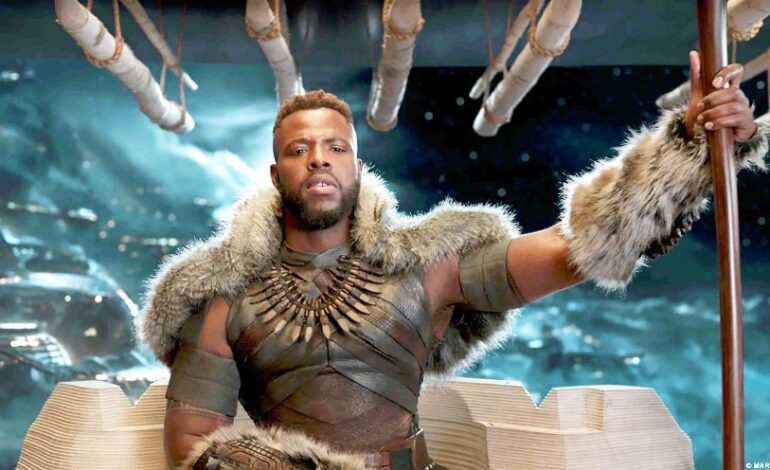
Avellon Williams & Ekeomah Atuonwu
An important symbol of Africa’s cultural heritage is the traditional African hairstyle Braids. Cultures are distinguished by their differences. Braids played a significant role in ancient African societies.
It is something beyond a hairstyle; it recognizes an individual’s clan, just as their age, conjugal status, abundance, power, and religion, among different parts of their lives. By and large, braids were an image of freedom for slaves in Africa.
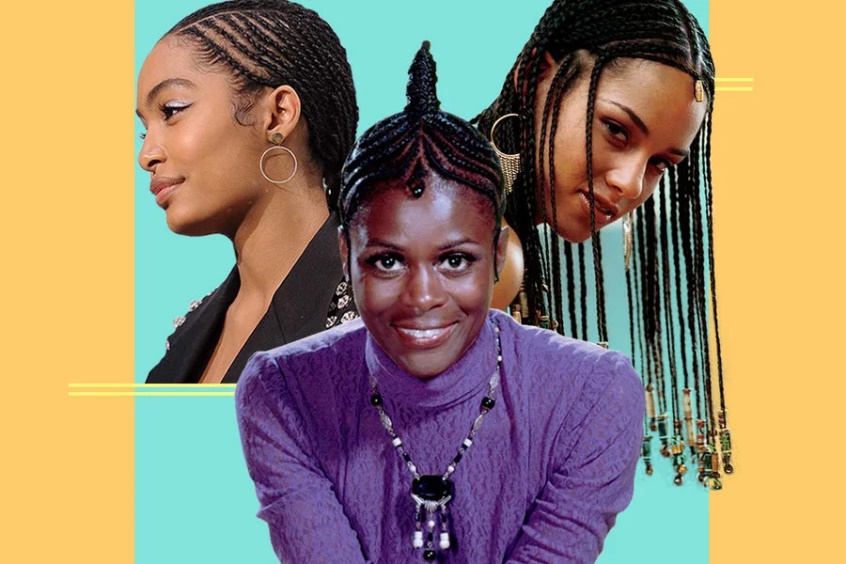
Western countries today are adopting many of those traditional African hairstyles. The origins of some have almost gone extinct, while others remain peculiar to their origins. Often, they even assist in identifying individuals from a particular ethnic group. They date back to 3000 B.C. By and large, these braids are made by interlacing together three strands on the scalp to make a plait.
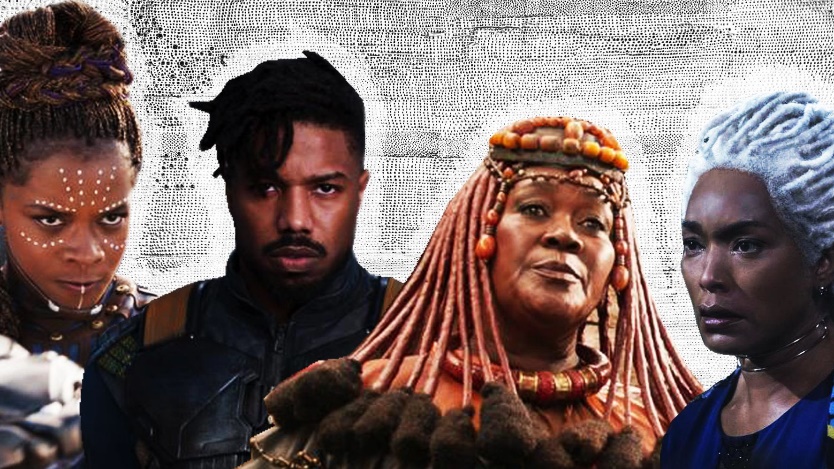
To allude to African hair as ‘simply a style’ is profoundly hostile since it is a political assertion and image of dark pride. For quite some time, African hairstyles were censured and denounced but were only appreciated once white women embraced them.
White women are in some cases called pioneers, glamorous, and cool- words that couldn’t ever have been utilized to depict a woman of color who rather would have been called ‘ghetto’ or ‘ratchet’. Besides, women of color have encountered employment misfortunes and removals from schools because of segregation.

The West at one point criticized certain clothes, accessories, and hairstyles worn by women of color. In reality, these things are more than just ‘fashionable’ or ‘trendy’ – they’re part of certain cultures that the West attempted to erase.
The use of hair braids is widespread and unfading. African- Americans ancestors have struggled so hard and long to be ignored and oppressed by the invention of braids. Traditionally, braids are utilized by African-Americans to celebrate and honor their ancestral roots as well as to express their unique personalities.
Africa is rich in ancient hair traditions and styles, here are six (6) of the most famous braiding styles and their origins across the continent.
1. Cornrows – The origins of cornrows can be traced back to 3000 B.C. in Africa. Typically, the shape of a person’s pattern reveals their tribe, as well as their status within that tribe. Cornrows were traditionally worn by warriors and kings to display their social status. This style is recognized today throughout the world but is particularly significant in West Africa, Sudan, and the Horn of Africa.
Many reasons are related to wearing braids at these places, including one’s age, marital status, wealth, kinship, religious affiliation, and personality. The style maintains close contact with the scalp and is elegant, tight, and neat. It may be worn on its own, or embellished with shells, glass, coral, flowers, and/or twigs.
2. Ghana Braids – In Africa, these braids are called banana braids or fishbone braids, and have been found in hieroglyphics and sculptures as early as 500 B.C. A significant difference between Ghana braiding and traditional cornrowing lies in the start and finish of the braid. Starting small and soft, the braid becomes thicker and fuller in the middle and ends with a taper.
Their presence has long been associated with many ethnic, religious, social, and cultural traditions in Ghana. It is the start and end of Ghana braiding that sets it apart from traditional cornrowing.
3. Fulani Braids – Fulani or feed-in-braids originate from the Fulani (Fula) in West Africa and the Sahel region. Over generations, women in the large, nomadic community passed down their traditional hairstyle. A braided style is known for its length and exquisite patterns, this styling features braids that hang or loop on the sides of the head.
Also, a coiffure will run through the middle of the head. The hair is then decorated with beads, shells, and wooden or metal accents. As a tradition passed from generation to generation, young girls and women attach the family’s silver coins and amber to braids both for aesthetic purposes and as a heritage symbol.
4. Goddess Braids – Ancient African goddess braids date back thousands of years. While they share similarities with traditional cornrows, goddess braids are thick, often raised, and highly defined, because they are braided closely to the head. Among tribes, the hairstyle was seen as an artistic work of art, creativity, and precision, often decorated with metal accents.
5. Box Braids – Braids of this type date back to about 3500 BC in South Africa. We all know and love box braids, but they aren’t all that different from the Eembuvi braids of Namibia or the chin-length bob braids worn by the women of the Nile Valley 3,000 years ago. A woman whom many believed could afford the time and cost of these braids was considered wealthy.
In their box braids, women also demonstrated their readiness for marriage, economic status, and other characteristics with colorful beads, cowrie shells, jewels, and other items. To install them correctly, you need both patience and precision. The process can take anywhere from four to eight hours, depending on the length and thickness of your braids.
6. Dreadlocks & Faux Locs – Often associated with Rastafarians and all things Jamaican, dreadlocks originated in Africa. Earlier versions of this style appeared in 2500 B.C. in the Vedas, with the Hindu god Shiva wearing “jaTaa” (dreadlocks in Sanskrit). Locs were also found in Egyptian carvings, drawings, and ancient artifacts. Over the centuries, mummified pharaohs have been discovered with their dreads still intact.
This style was adopted later by the Himba tribe in Namibia. It was often used to indicate a person’s age or marital status-for example, a young woman would tie back her dreads to show her face and indicate that she was ready for marriage. Interestingly, single men wear a single plaid to signal that they are unmarried.
Once married, they cover their heads and rarely expose them again in public, except when attending funerals. This hairstyle is seen today in many cultures around the world and represents many meanings for them.
7. Bantu Knots
Another hairstyle, still popular today, with rich African roots is Bantu knots. Bantu universally translates to “people” among many African languages and is used to categorize over 400 ethnic groups in Africa. These knots are also referred to as Zulu knots because the Zulu people of South Africa, a Bantu ethnic group, originated the hairstyle. The look also goes by the name of Nubian knots.
There is a great deal of the popularity of braids in Africa and the Caribbean. Historically, braids have been associated with slavery since they were seen as a way for enslaved people to express themselves.
While the history of braids is fascinating, it is also prudent to point out that many people are still using them in their current day cultures or for their fashion purposes.



